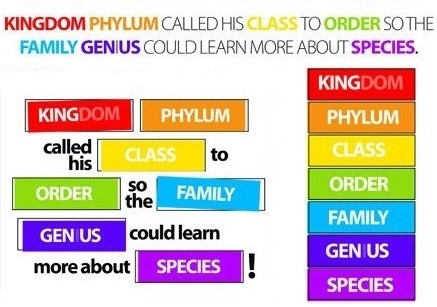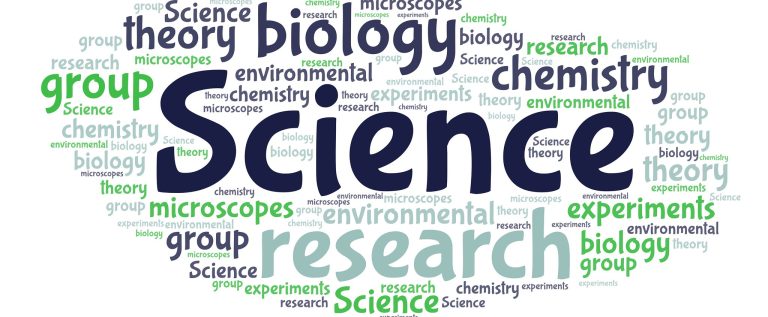Unit 1: Classification of living things – Exercises
Question 1. Answer the following questions.
a) Why is the classification of living things necessary?
Biologists divide living things into different groups. This is called classification. Dividing living things into groups helps us to understand how all the different living things in the world fit into a pattern.
b) How many different kinds of animals and plants have biologists discovered so far?
Biologists already know about more than one million different kinds of animals and more than 350,000 kinds of plants.
c) How do viruses reproduce?
Scientists say that viruses are not really alive; they can only survive by entering the cells of animals, plants, or bacteria. Once inside the cell the virus uses the cell’s materials to live and reproduce. It can make hundreds of copies of itself.
d) Are protists plants or animals?
Protists are small living things that cannot easily be classified as animals or plants.
e) How does the euglena move about in the water?
Euglena moves about in the water by a whip-like projection called a flagellum.
f) To which group do bacteria belong?
Bacteria belong to the group Monera.
g) What are the four main groups of plants?
The four main groups of plants are:
- algae and fungi
- mosses and liverworts
- ferns, club mosses, and horsetails
- seed-bearing plants
h) What are fungi made up of?
Fungi are made up of thin threads called ‘hyphae’.
i) What are lichens?
Lichens are plants that consist of fungi and algae living together.
j) How do mosses and liverworts reproduce?
Mosses and liverworts reproduce by spores formed in capsules.
Question 2. Complete the table by putting a tick or a cross into each space:
| Feature | Fish | Amphibian | Reptile | Bird | Mammal |
| backbone | ✓ | ✓ | ✕ | ✓ | ✓ |
| fins | ✓ | ✕ | ✕ | ✕ | ✕ |
| scales | ✓ | ✕ | ✓ | ✕ | ✕ |
| lays eggs | ✓ | ✓ | ✓ | ✓ | ✕ |
| has live babies | ✕ | ✕ | ✕ | ✕ | ✓ |
| hair | ✕ | ✕ | ✕ | ✕ | ✓ |
| damp skin | ✕ | ✓ | ✕ | ✕ | ✕ |
| feathers | ✕ | ✕ | ✕ | ✓ | ✕ |
| milk glands | ✕ | ✕ | ✕ | ✕ | ✓ |
| gills | ✓ | ✓ | ✕ | ✕ | ✕ |
| lungs | ✕ | ✓ | ✓ | ✓ | ✓ |
Question 3. State which group each of the following animals or plants belong to:
| Animal/Plant | Group | Animal/Plant | Group |
| fern | adiantum | sea weed | algae |
| mouse | mammal | frog | amphibian |
| mushroom | fungi | amoeba | protist |
| dolphin | mammal | pine tree | gymnosperm |
| beetle | insect | bacteria | monera |
| rose | angiosperm | robin | bird |
| trout | fish | moss | algae and fungi |
| snake | reptile | octopus | molluscs |
| earthworm | segmented worm | starfish | echinoderm |
Question 4. Match the organism to its characteristics.
| Organism | Characteristics |
| virus | simplest living organism |
| protist | cannot be classified as plant or animal |
| bacterium | smallest living things made up only one round elongated or spiral cell |
| alga | green plant that usually live in water |
| fungus | non-green plant made up of hyphae |
| lichen | consist of algae and fungi living together |
| moss | bear tiny pear-shaped capsules that contain spores |
| fern | their leaves are called fronds |
| gymnosperm | seed-bearing, non-flowering plant |
| angiosperm | seed-bearing, flowering plants |



